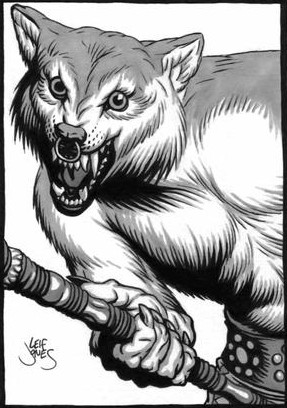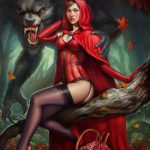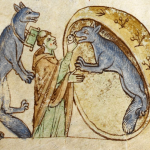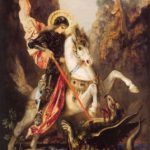“Changes may be voluntary or involuntary, self-transformation belonging more frequently to the former class and transformation by sorcery, witchcraft or black magic more often to the latter class. The motives of a human being who wishes to change into an animal are naturally regarded with suspicion.” Human animals, a book by Frank Hamel
Greed, cruelty, and cannibalism are accusations brought against those who weree tried in the Middle Ages for the crime of lycanthropy, the transformation into a wolf or other wild beast.

The desire to taste human flesh is a horrible but not improbable reason for the offence. In mediaeval times powers of transformation seem to have been sought after and were even regarded as a privilege.
The wish to inspire fear or to gain personal power over others are motives for impersonating wild and fearsome animals, as effective where superstitious people are concerned as the less common faculty of transforming actual flesh.
Savage races do not necessarily connect the idea of transformation with any thought of evil. They find the plan of impersonating an animal in its lair, for the sake of safety, say, extremely useful.
They have also the best of reasons for developing a special attribute, such as the keen scent of the hound, the long sight of the eagle, the natural protective power against cold possessed by the wolf and so forth, imitative suggestion which occurs in many of their primitive customs.
Although often acquired for evil purposes, among primitive peoples to change into an animal did not necessarily imply a descent in the scale of being. To them there is but a slight line of demarcation between the animal world and mankind.
They are not influenced so much by the idea of human degradation as by a beautiful belief in the brotherhood and fellowship of all creation.








